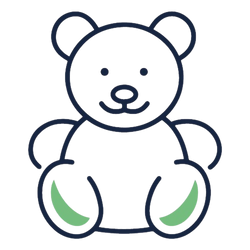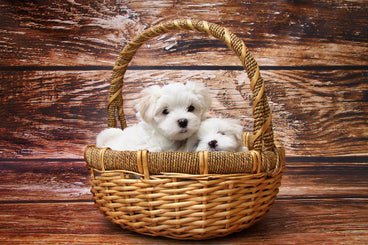Introduction: Coming across a baby bird in need of assistance can be a compassionate and rewarding experience. In this comprehensive guide, we provide step-by-step instructions on how to safely feed a baby bird, ensuring it receives the proper nutrition and care for its survival and growth.
Assessing the Situation and Seeking Expert Advice
-
Observe from a Distance: Before intervening, observe the baby bird from a distance to determine if it truly requires assistance. Some birds may appear helpless but are actually under the care of their parents.
-
Contact a Wildlife Rehabilitation Center: If the baby bird appears injured, abandoned, or in distress, contact a local wildlife rehabilitation center or a licensed wildlife rehabilitator for guidance and expert advice.

Creating a Temporary Nesting Environment
-
Prepare a Safe Space: Use a small box or container lined with soft, clean towels or tissues to create a makeshift nest for the baby bird. Ensure adequate ventilation and place the nest in a warm, quiet area away from pets and children.
-
Provide Warmth: If the baby bird is cold or weak, use a heating pad or a warm water bottle wrapped in a towel to provide gentle warmth. Be cautious not to overheat the bird.

Understanding the Dietary Needs of Baby Birds
-
Identifying the Species: Different bird species have unique dietary requirements. If possible, try to identify the species to better understand its natural diet.
-
Formula Options: Commercially available bird formulas or homemade alternatives, like a mixture of soaked cat or dog food, can provide the necessary nutrients. Consult a wildlife rehabilitator for specific formula recommendations.

Feeding Techniques and Tips
-
Feeding Tools: Use a small, clean syringe or an appropriate-sized feeding spoon to offer food to the baby bird. Ensure the tools are sanitized before each use.
-
Feeding Frequency: Baby birds require frequent feedings, often every 15-30 minutes during daylight hours. Follow the recommended feeding schedule provided by a wildlife rehabilitator.





